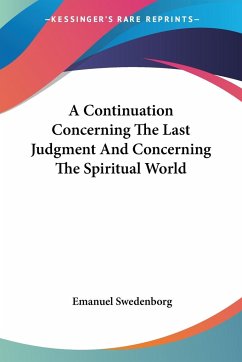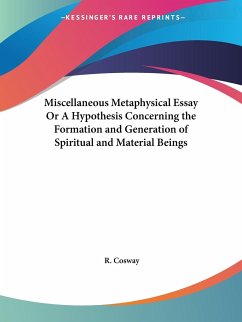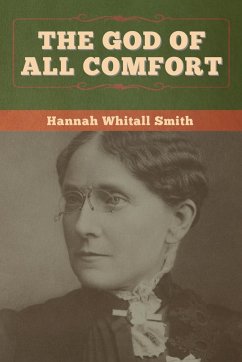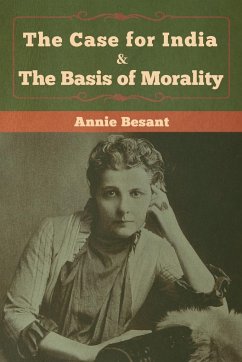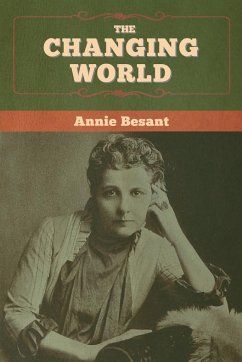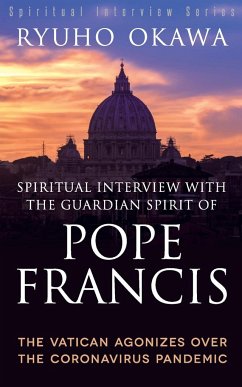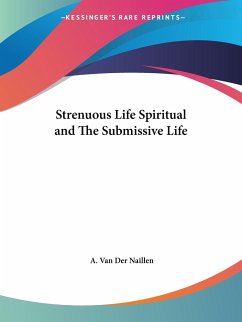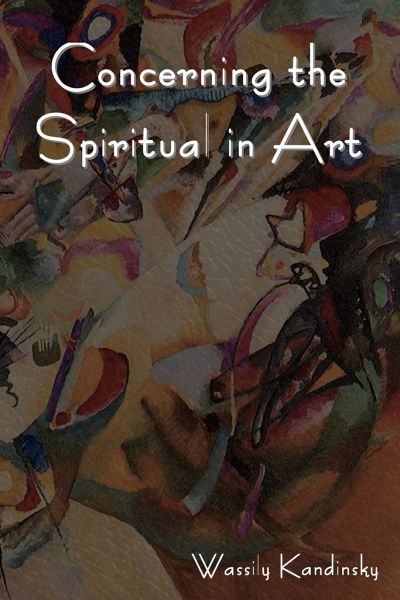
Concerning the Spiritual in Art
Versandkostenfrei!
Versandfertig in 1-2 Wochen
13,99 €
inkl. MwSt.

PAYBACK Punkte
7 °P sammeln!
In Concerning the spiritual in art, Kandinsky compares the spiritual life of humanity to a large triangle similar to a pyramid; the artist has the task and the mission of leading others to the top by the exercise of his talent. The point of the triangle is constituted only by some individuals who bring the sublime bread to other people. It is a spiritual triangle which moves forwards and rises slowly, even if it sometimes remains immobile. During decadent periods, souls fall to the bottom of the Triangle and men only search for external success and ignore purely spiritual forces. When we look ...
In Concerning the spiritual in art, Kandinsky compares the spiritual life of humanity to a large triangle similar to a pyramid; the artist has the task and the mission of leading others to the top by the exercise of his talent. The point of the triangle is constituted only by some individuals who bring the sublime bread to other people. It is a spiritual triangle which moves forwards and rises slowly, even if it sometimes remains immobile. During decadent periods, souls fall to the bottom of the Triangle and men only search for external success and ignore purely spiritual forces. When we look at colours on the painter's palette, a double effect happens: a purely physical effect on the eye, charmed by the beauty of colours firstly, which provokes a joyful impression as when we eat a delicacy. But this effect can be much deeper and causes an emotion and a vibration of the soul, or an inner resonance, which is a purely spiritual effect, by which the colour touches the soul itself. The inner necessity is for Kandinsky the principle of the art and the foundation of forms and colours' harmony. He defines it as the principle of the efficient contact of the form with the human soul. Every form is the delimitation of a surface by another one; it possesses an inner content which is the effect it produces on the one who looks at it attentively. This inner necessity is the right of the artist to an unlimited freedom, but this freedom becomes a crime if it is not founded on such a necessity. The art work is born from the inner necessity of the artist in a mysterious, enigmatic and mystic way, and then it acquires an autonomous life; it becomes an independent subject animated by a spiritual breath. (createandshare.net)





